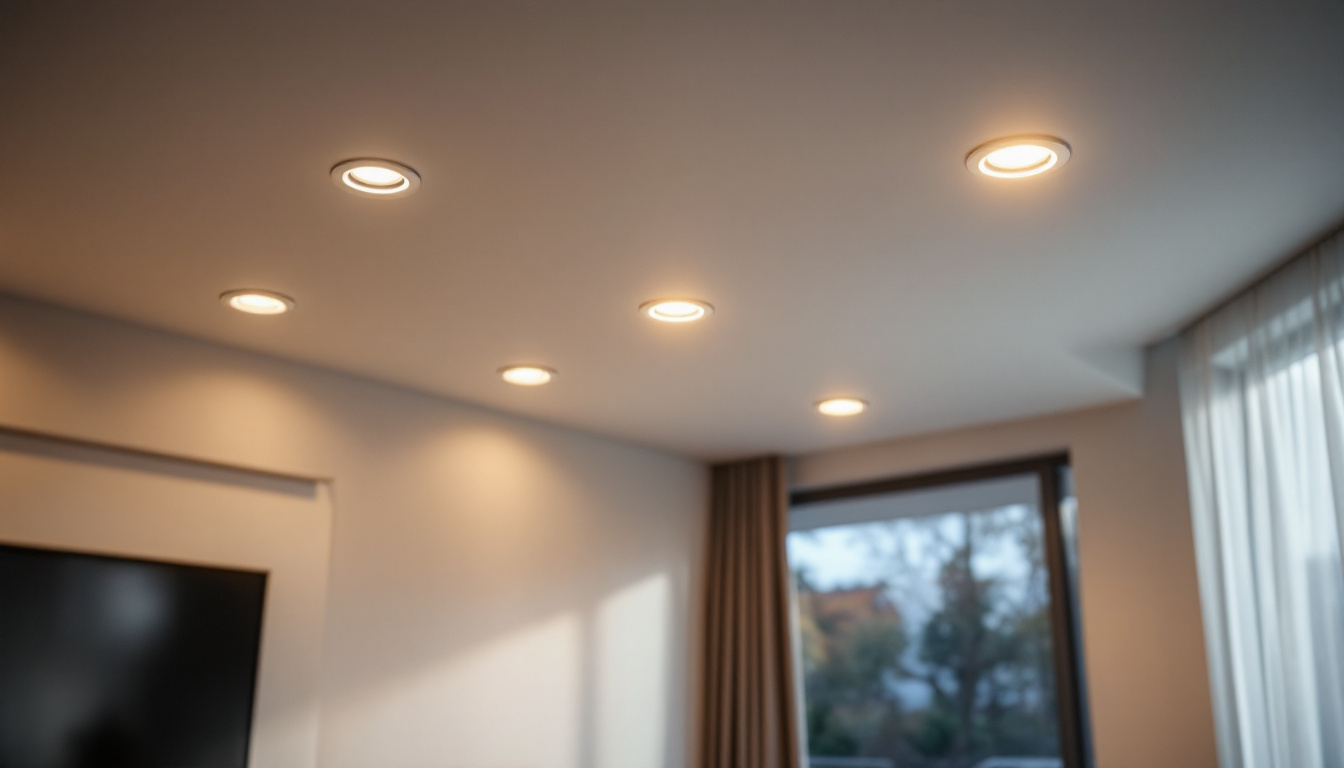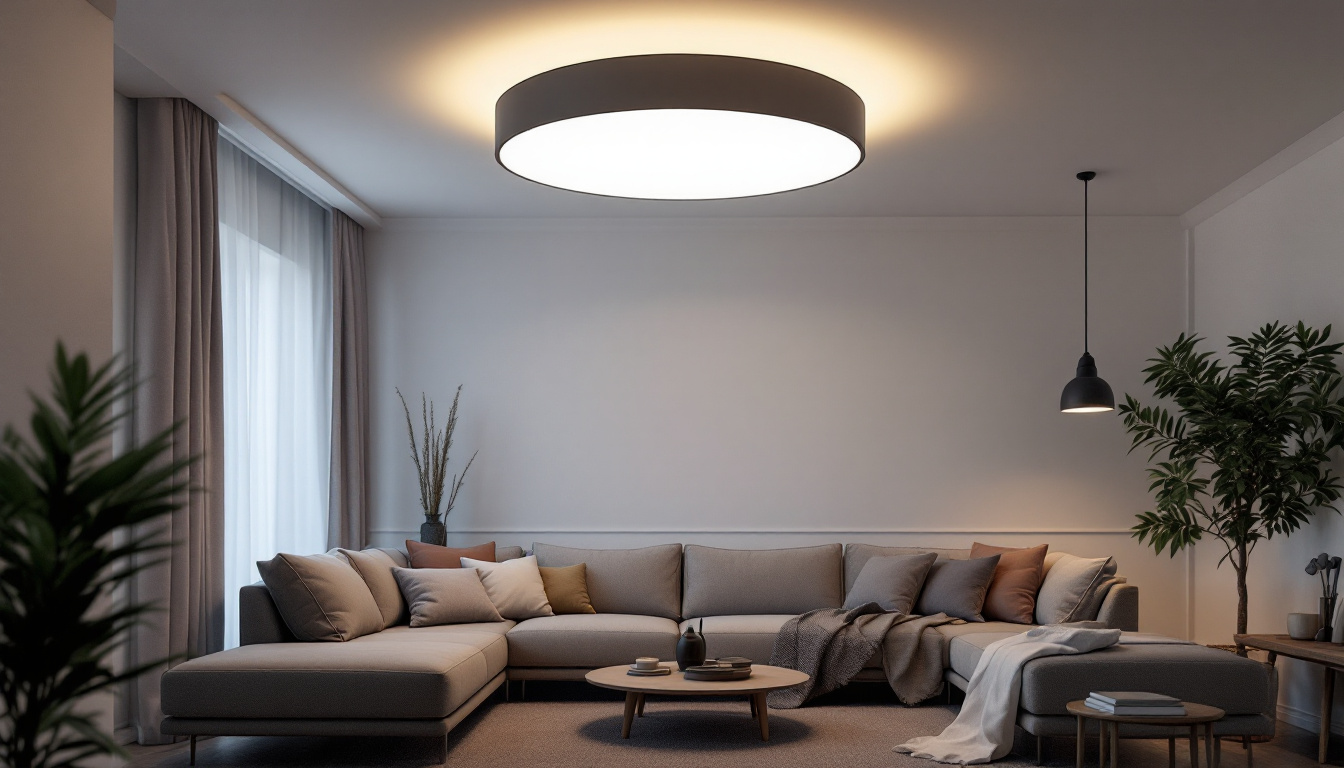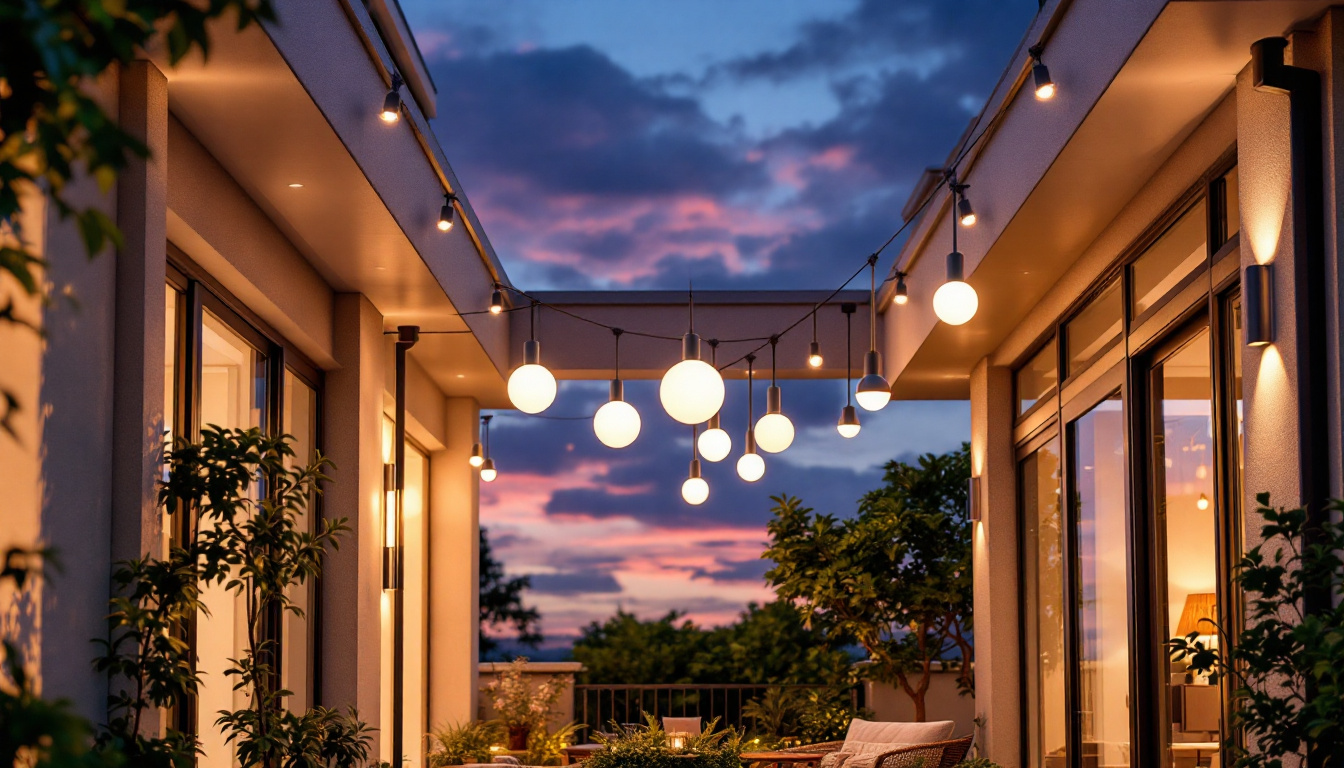
Lighting plays a crucial role in enhancing the aesthetics and functionality of any space. Among the various lighting options available, recessed can lights have gained immense popularity due to their versatility and sleek design. For lighting contractors, understanding the best practices for installing and utilizing recessed can lights is essential for delivering quality results. This article explores six best practices that lighting contractors should consider when working with recessed can lights.
Before diving into installation techniques, it is vital for lighting contractors to have a solid understanding of what recessed can lights are and how they function. Recessed can lights, also known as downlights or pot lights, are fixtures that are installed into a hollow opening in the ceiling. This design allows the light to shine downwards, creating a clean and unobtrusive look. The seamless integration of these lights into the architecture of a room can enhance the overall aesthetic, providing a modern touch that complements various interior styles.
These fixtures come in various sizes, shapes, and styles, making them suitable for different applications. Understanding the specifications and features of each type is crucial for selecting the right fixture for a specific project. Factors such as wattage, beam angle, and color temperature should be considered to ensure optimal lighting effects. Additionally, the placement of recessed can lights can dramatically influence the mood and functionality of a space, whether it’s highlighting artwork, providing general illumination, or creating a focal point in a room.
Recessed can lights can be categorized into several types based on their design and functionality. Some common types include:
The choice of bulb significantly impacts the performance and efficiency of recessed can lights. LED bulbs are often recommended due to their energy efficiency and longevity. Lighting contractors should consider the lumen output and color temperature to achieve the desired ambiance. Warm white bulbs create a cozy atmosphere, while cool white bulbs are ideal for task-oriented spaces. Furthermore, dimmable options can provide versatility, allowing users to adjust the brightness according to their needs, which is especially beneficial in multipurpose rooms.
In addition to LED options, contractors should also be aware of the advancements in smart lighting technology. Smart bulbs can be controlled remotely via smartphones or smart home systems, offering features such as scheduling, color changing, and remote dimming. This technology not only enhances convenience but also allows homeowners to customize their lighting experience, making recessed can lights even more functional and appealing for modern living spaces.
One of the most critical aspects of installing recessed can lights is determining their placement and spacing. Properly positioned lights can enhance the overall lighting quality and create a balanced look in the room.
A common rule of thumb is to space recessed lights approximately 4 to 6 feet apart, depending on the height of the ceiling and the desired brightness. For higher ceilings, lights may need to be spaced further apart to avoid dark spots. Additionally, contractors should consider the layout of the room and the purpose of the lighting when determining placement.
Understanding the difference between task lighting and ambient lighting is essential for effective placement. Task lighting focuses on specific areas where activities take place, such as kitchens or workspaces. In contrast, ambient lighting provides overall illumination for the entire room.
Contractors should strategically position recessed can lights to serve both purposes. For instance, placing lights over kitchen islands can provide task lighting, while additional fixtures around the perimeter can create ambient light.
Moreover, it’s important to consider the color temperature of the bulbs used in recessed lighting. Warmer tones (around 2700K to 3000K) can create a cozy and inviting atmosphere, perfect for living rooms and bedrooms, while cooler tones (around 4000K to 5000K) are often better suited for workspaces, as they can enhance focus and productivity. This choice can significantly affect the mood of the space, so selecting the right color temperature in conjunction with proper placement can lead to a harmonious balance of light throughout the room.
Additionally, the use of dimmers can further enhance the versatility of recessed lighting. By allowing homeowners to adjust the brightness according to different activities or times of day, dimmers can transform a space from a bright, functional area during the day to a soft, ambient environment in the evening. This flexibility not only adds to the aesthetic appeal but also contributes to energy efficiency, making it a smart choice for modern lighting design.
Wiring and electrical considerations are paramount when installing recessed can lights. Ensuring that the electrical system can handle the load is essential for safety and functionality. Contractors should assess the existing wiring and determine if any upgrades are necessary.
When wiring recessed can lights, it is crucial to follow local building codes and regulations. This includes using the appropriate gauge wire and ensuring that all connections are secure. Additionally, incorporating dimmer switches can enhance the versatility of the lighting, allowing for adjustable brightness levels.
Installing recessed can lights often requires the use of junction boxes to connect the wiring safely. These boxes protect the electrical connections and prevent any potential hazards. Contractors should ensure that the junction boxes are properly rated for the fixtures being installed and that they are securely mounted.
Grounding is a critical safety measure that should never be overlooked. Proper grounding helps prevent electrical shock and ensures the safe operation of the lighting fixtures. Contractors should verify that all fixtures are correctly grounded according to local electrical codes.
Different ceiling types present unique challenges and considerations when installing recessed can lights. Understanding how to adapt installation techniques based on the ceiling type is essential for achieving optimal results.
For instance, installing recessed lights in a drywall ceiling is relatively straightforward. However, contractors may encounter challenges with ceilings made of plaster, wood, or other materials. Each material may require specific tools and techniques for proper installation.
Sloped ceilings can pose a challenge for recessed lighting installation. In such cases, adjustable or gimbal recessed lights can be used to direct the light where it is needed most. Proper alignment and placement are crucial to ensure that the light is effective and aesthetically pleasing.
Acoustic ceilings, often found in commercial spaces, require special considerations. Contractors should use fixtures designed for acoustic ceilings to ensure compliance with building codes and to maintain the sound-dampening properties of the ceiling. Additionally, careful measurement and cutting are necessary to avoid damaging the ceiling tiles.
Aesthetics play a significant role in the overall success of a lighting installation. Recessed can lights can enhance the visual appeal of a space when installed thoughtfully. Lighting contractors should consider the following aesthetic factors:
The trim style and finish of recessed can lights can dramatically affect the look of a room. Options range from sleek and modern to traditional and decorative. Choosing the right trim can complement the overall design theme of the space.
Contractors should also consider the color temperature of the bulbs in relation to the trim finish. For example, warm white bulbs may pair well with bronze or gold finishes, while cool white bulbs may be better suited for silver or chrome trims.
Creating layers of light is an effective way to enhance the ambiance of a space. By combining recessed can lights with other lighting sources, such as wall sconces or pendant lights, contractors can achieve a well-rounded lighting design. This layered approach not only adds depth but also allows for greater flexibility in adjusting the lighting for different activities.
Even the best-installed recessed can lights may require maintenance and troubleshooting over time. Lighting contractors should be prepared to address common issues that may arise.
Regular inspections of recessed can lights can help identify potential problems before they escalate. Contractors should check for flickering lights, dimming bulbs, or any signs of electrical issues. Addressing these concerns promptly can prevent more significant issues down the line.
As bulbs reach the end of their lifespan, they will need to be replaced. Contractors should educate clients on the importance of using the correct replacement bulbs to maintain the quality of light and energy efficiency. Additionally, if fixtures become damaged or outdated, contractors should be prepared to recommend suitable replacements that align with the client’s needs and preferences.
Recessed can lights are a versatile and stylish lighting solution that can enhance any space when installed correctly. By following these best practices, lighting contractors can ensure that their installations are not only functional but also visually appealing. From understanding the basics to considering aesthetic factors and maintenance, these guidelines provide a comprehensive approach to working with recessed can lights.
Ultimately, staying informed about industry trends and advancements in lighting technology will further empower contractors to deliver exceptional results for their clients. Embracing these best practices will not only enhance the quality of installations but also contribute to the overall satisfaction of clients, leading to repeat business and referrals in the competitive lighting market.
Ready to elevate your lighting projects with the best recessed can lights on the market? Look no further than LumenWholesale. Our commitment to providing contractors with superior, spec-grade lighting products at unbeatable wholesale prices sets us apart. With LumenWholesale, you can trust that you’re getting the highest quality lighting solutions that meet rigorous industry standards. Plus, with free shipping on bulk orders, you can stock up on all the lighting essentials you need without worrying about hidden fees. Don’t compromise on quality or value—choose LumenWholesale for your next project and experience the ultimate in affordability and convenience. Visit us now at Wholesale Lighting at the Best Value and start transforming spaces with confidence.

Discover the top strategies lighting contractors use to select and install sconce lamps, enhancing both aesthetics and functionality in any space.

Discover innovative hacks for smart lighting contractors to elevate their projects with large flush mount ceiling lights.

Discover how the dimensions of recessed can lights can significantly impact lighting contractors’ profitability.

Explore the transformative world of exterior ceiling lights and discover how innovative designs and advanced installation techniques are shaping the future of outdoor illumination.